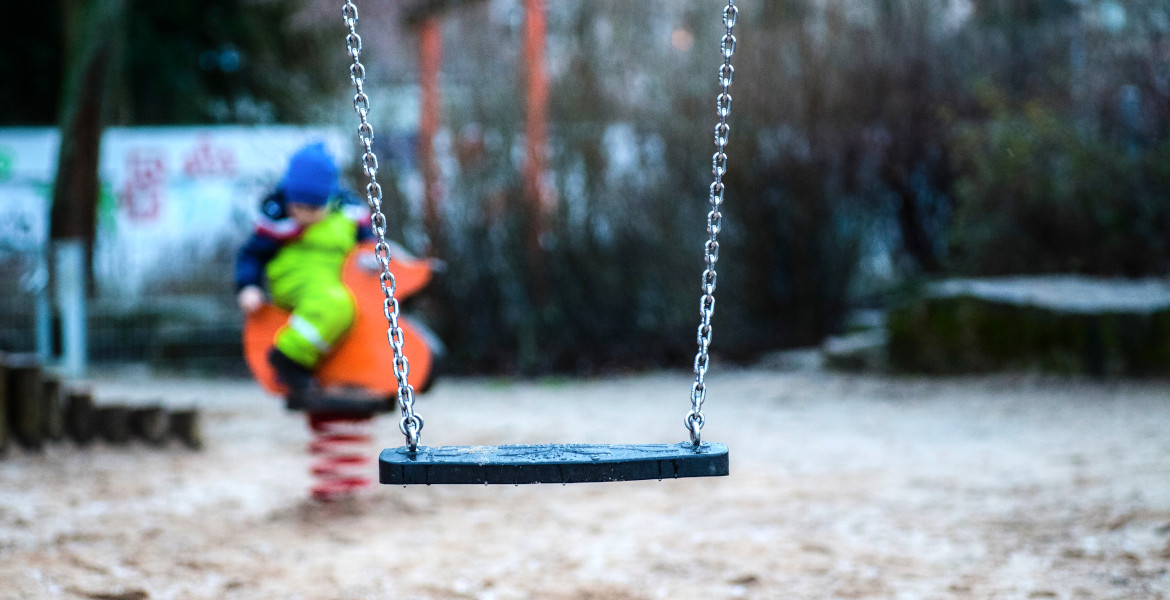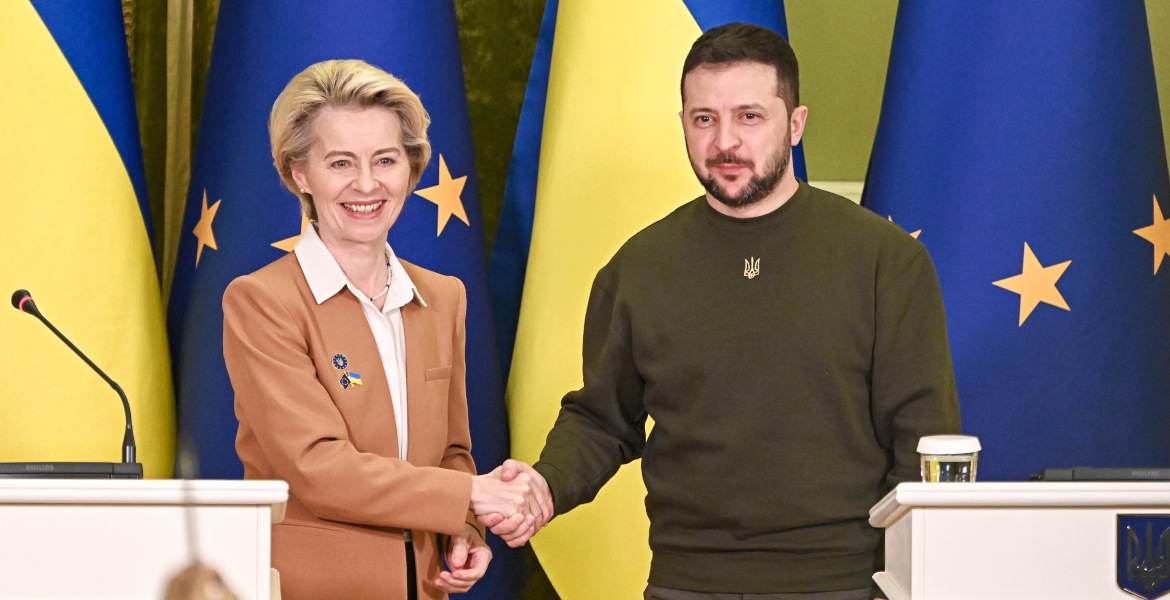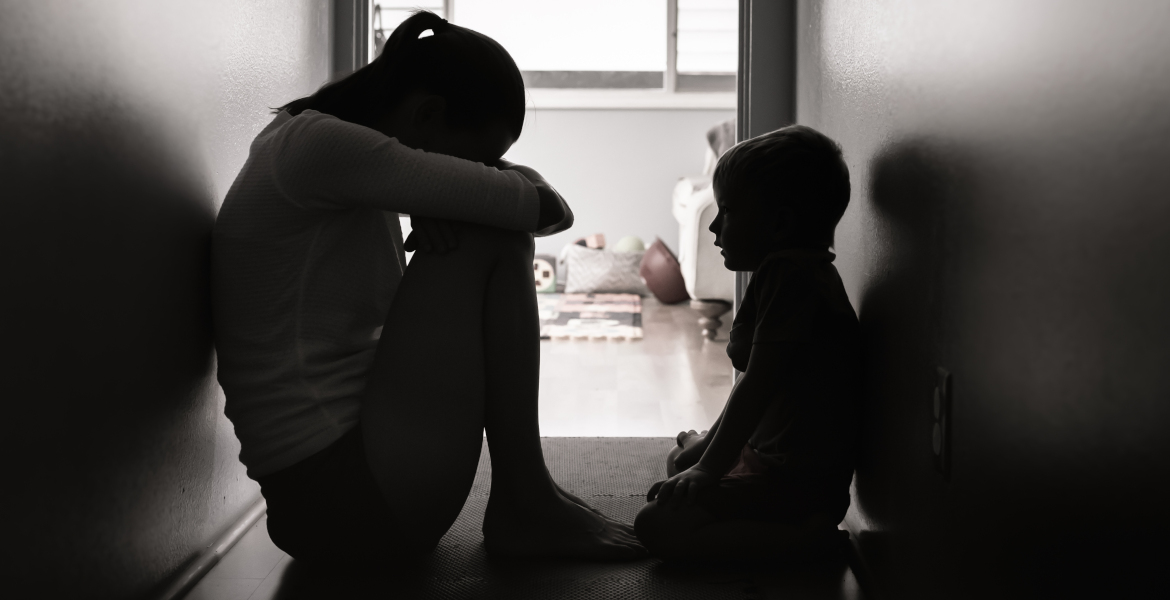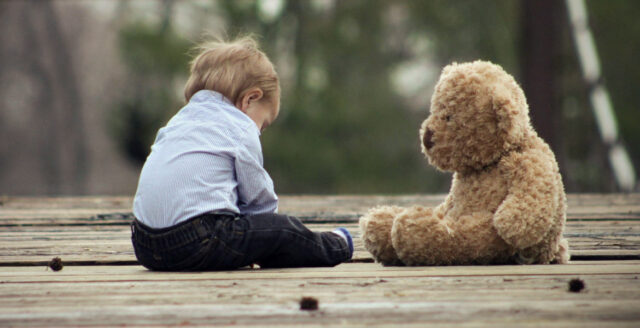Swedish salaries for key occupational groups are the lowest in the Nordic region, according to figures from 2023. Denmark, Norway and Iceland top the salary league table with significantly more generous pay envelopes, while Finland is closest to Sweden and in some cases trumps Swedish salaries.
Sweden is increasingly lagging behind its Nordic neighbors when it comes to salaries for key professions such as caretakers, nurses and social workers.
Statistics show that Sweden, often in the company of Finland, has the lowest average salaries for these occupations, while Denmark and Norway top the list with significantly higher compensation.
The figures are based on data from 2023, the most up-to-date figures available, and are taken from national statistical offices such as Statistics Sweden, Statistics Norway, Statistics Finland, Statistics Denmark and Statistics Iceland, as well as trade unions in each country.
- Property managers in Sweden earn the least in the Nordic region, while Denmark and Norway stand out with clearly higher salaries. Finland, however, is close to Sweden in terms of pay.
- Nurses in Sweden are also at the bottom of the pay league with lower salaries than our Nordic neighbors. Denmark leads with the highest salary levels, while Finland is close to Swedish levels.
- Social workers in Sweden show the same pattern and are the lowest paid in the Nordic region. Denmark and Norway offer significantly better pay conditions, while Finland is again hot on Sweden's heels. Iceland also reaches higher levels than its Swedish colleagues.
It is important to note that wages can vary by region, sector and experience, which may in fact affect the ranges shown.
Purchasing power not included
Differences in wage levels can be linked to varying labor market policies, taxes and productivity in the Nordic countries. Sweden stands out as the country where the occupational groups above are rewarded the least in real terms.
This raises questions about future wage developments - not least with a view to the forthcoming collective bargaining round.
It is worth pointing out that the figures do not take into account purchasing power, which can ultimately affect how wages are perceived in everyday life depending on the cost of living. Exchange rates also affect the results.
The differences underline that Sweden is lagging behind in wage growth. Finland can be considered the closest competitor, but is still slightly ahead in a couple of cases. Denmark and Norway lead the way with the highest wages, highlighting a clear Nordic wage gap.
Sources:
Statistics Sweden (SCB), Sweden, 2023: https://www.scb.se/hitta-statistik/statistik-efter-amne/arbetsmarknad/loner-och-arbetskostnader/lonesok/
Statistics Norway, 2023: https://www.ssb.no/en/statbank/table/11420/
Statistics Finland, 2023: https://www.stat.fi/tup/suoluk/suoluk_palkat_en.html
Statistics Denmark, 2023: https://www.dst.dk/en/Statistik/emner/arbejdsmaerket/loen-og-indkomst/loenstatistik
Statistics Iceland, 2023: https://www.statice.is/statistics/society/wages-and-income/wages/
Trade unions such as Vårdförbundet (Sweden), Tehy (Finland), Norsk Sykepleierforbund (Norway), etc., 2023.
Average salaries in the Nordic countries - 2023 statistics (1€ = 11 SEK)
Property managers: Sweden is the lowest with 30,200-31,100 SEK/month, while Denmark and Norway reach 40,500-48,000 SEK and 40,000-45,000 SEK respectively. Finland (SEK 30 800-35 200) and Iceland (SEK 36 000-40 000).
Nurses: Sweden has 37,500 SEK/month, the lowest in the Nordic countries, while Denmark leads with 52,500-60,000 SEK, followed by Norway (50,000-55,000 SEK), Iceland (48,000-52,000 SEK) and Finland (38,500 SEK).
Social workers: Sweden is lowest at SEK 38,000/month, while Denmark reaches SEK 48,000-57,000, Norway SEK 45,000-50,000, Iceland SEK 40,000-44,000 and Finland SEK 35,200-39,600.





